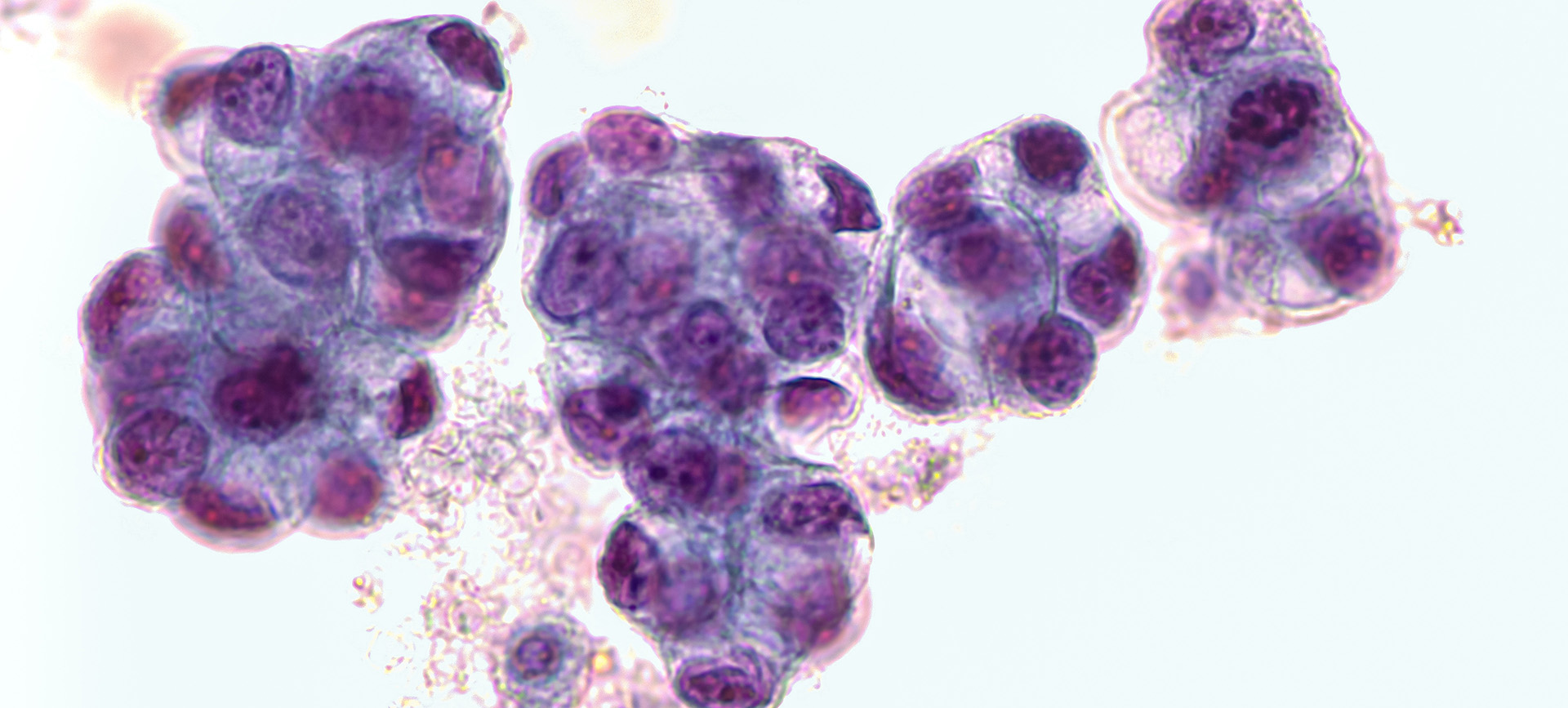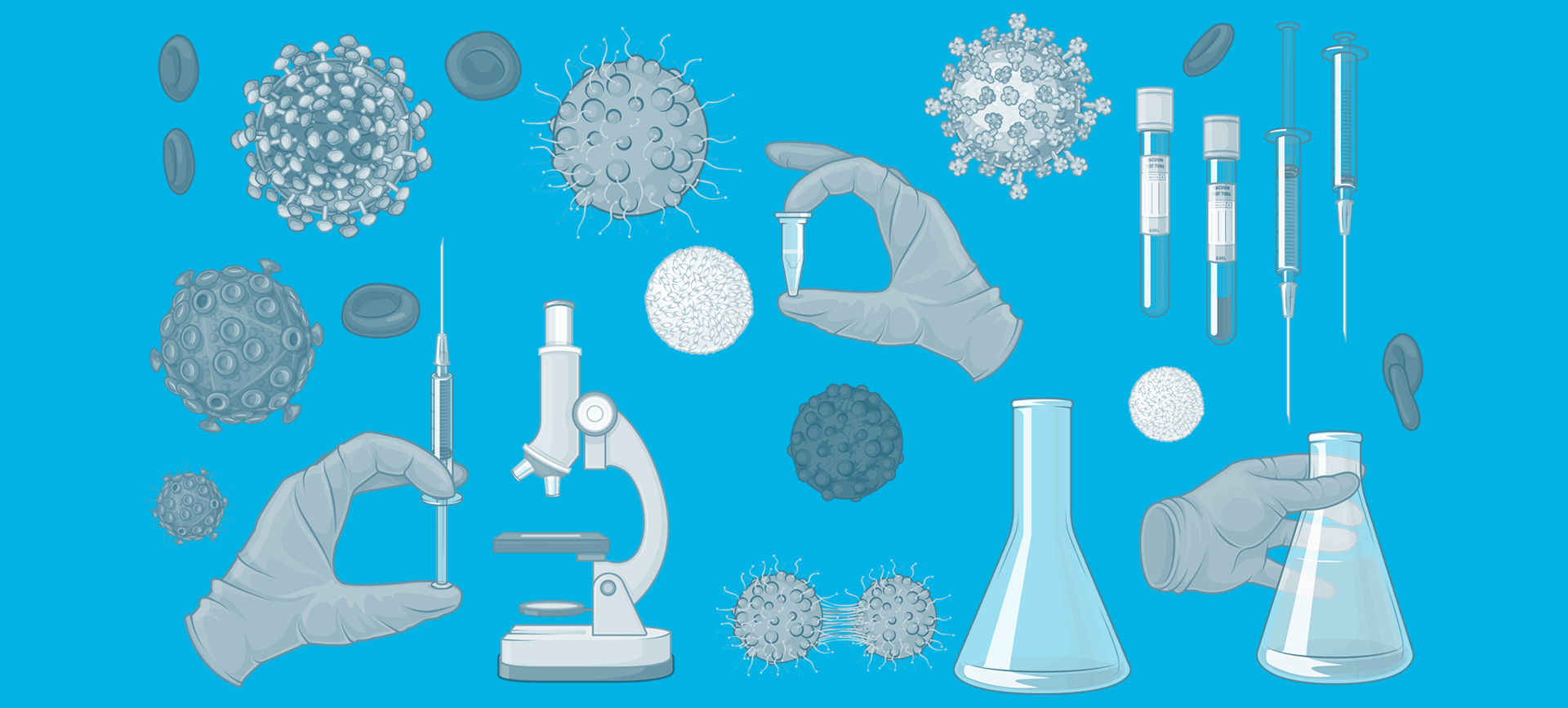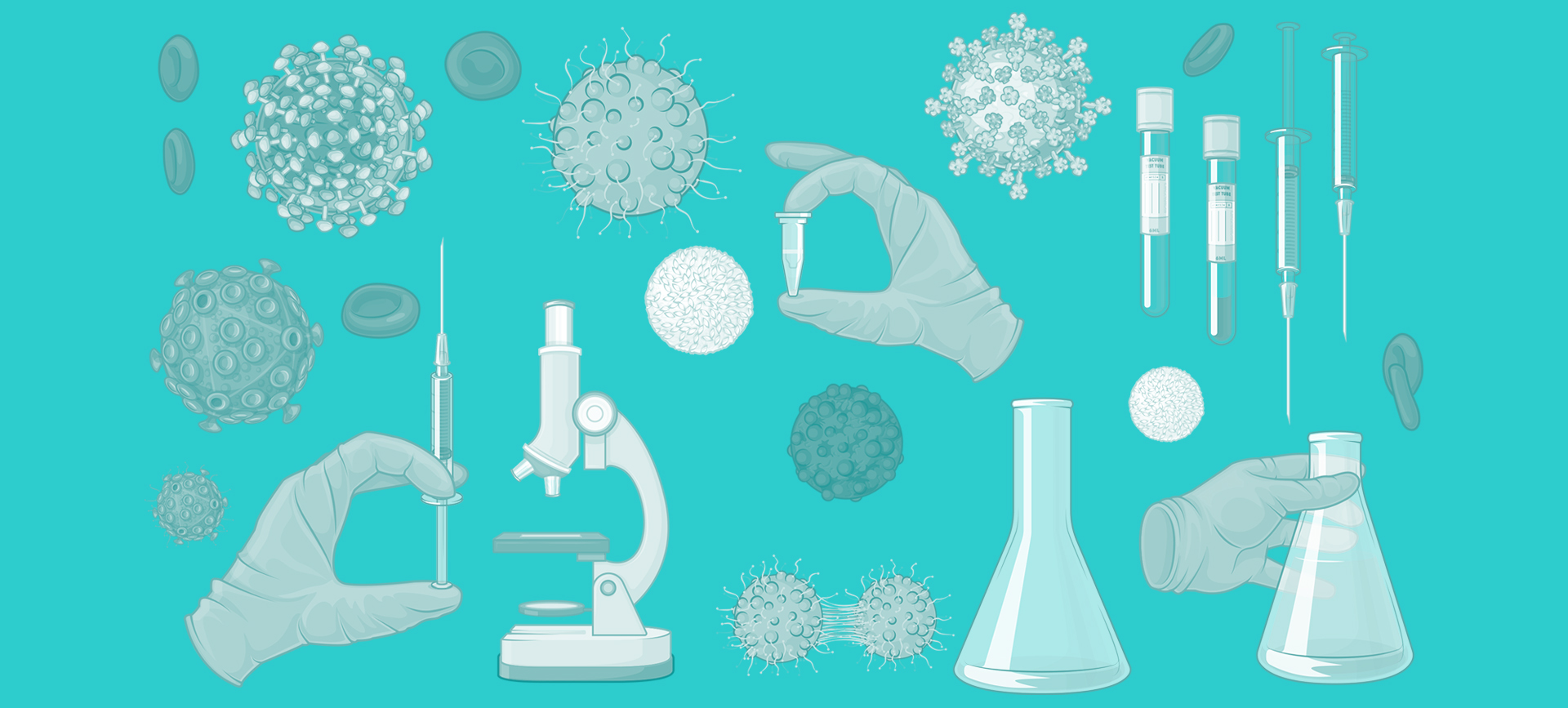Most Americans have been touched by cancer in one way or another, either personally or by seeing a loved one suffer from the disease. Nearly 40 percent of men and women will be diagnosed with cancer at some point in their lives. But many forms of cancer are highly treatable: There are an estimated 17 million cancer survivors in the United States.
Doctors need all the tools they can get to fight the disease, and one ever-evolving field of health care is biomarkers, which play an integral part in the diagnosis and treatment of cancer for both men and women. A biomarker is a biological molecule found in blood, other bodily fluids or tissue that may signal an abnormal process or disease in the body. Most importantly, a biomarker can often indicate the presence of cancer, but it can also help predict an individual's response to treatment and prognosis. Biomarkers can even be used to identify genetic mutations that increase your risk of cancer.
Ongoing research of biomarkers continues to expand the possibilities for their use. In a special series running each Monday in January, we'll look at biomarkers for different forms of cancer and explain the progress that has been made to identify them and the role they play in diagnosis and treatment. We start with an Introduction to Biomarkers, followed by pieces focusing specifically on biomarkers for some of the most common forms of cancer: breast, prostate, ovarian and testicular. Biomarkers may not be familiar to most people, but understanding them can be an important part of an individual's journey through cancer.











